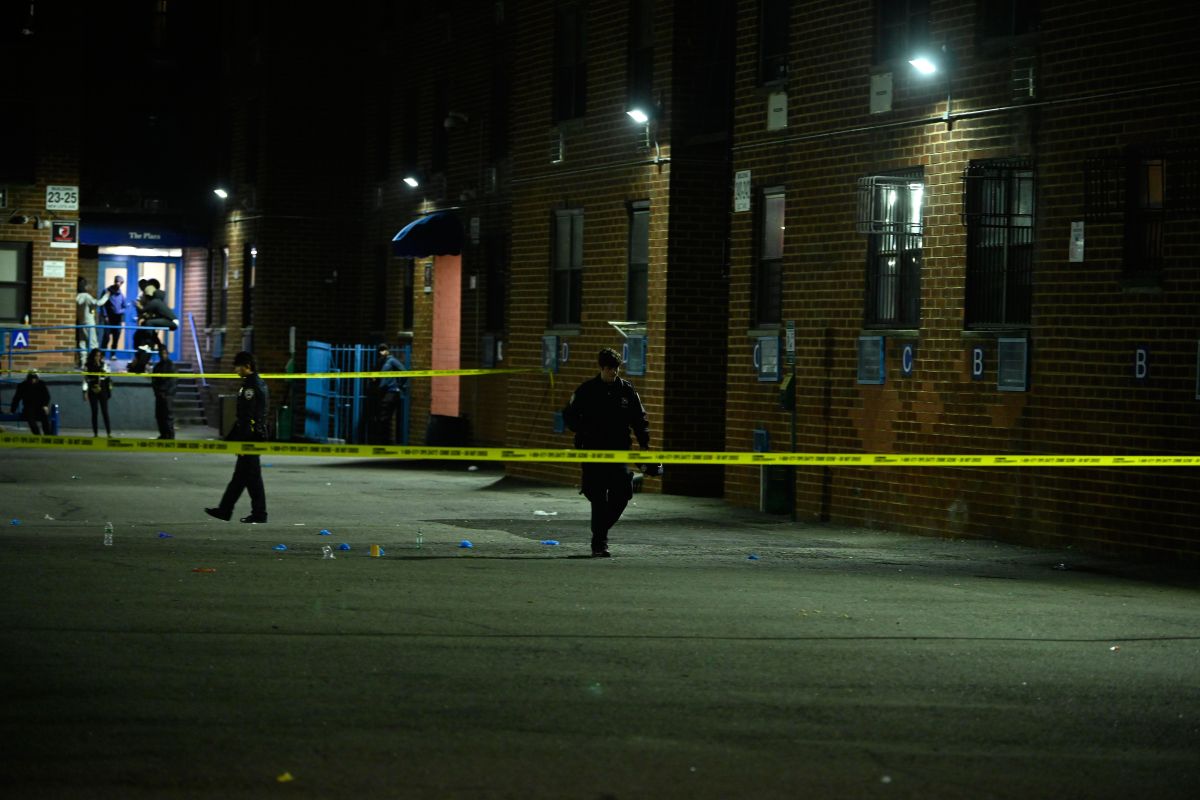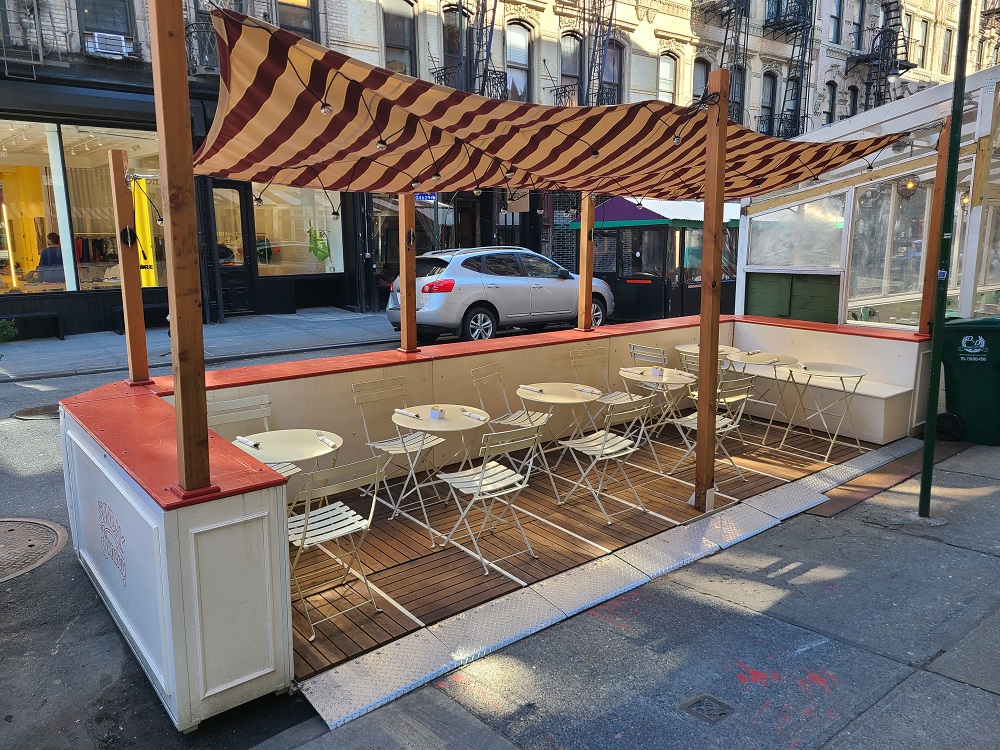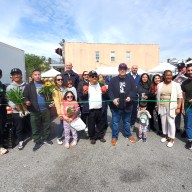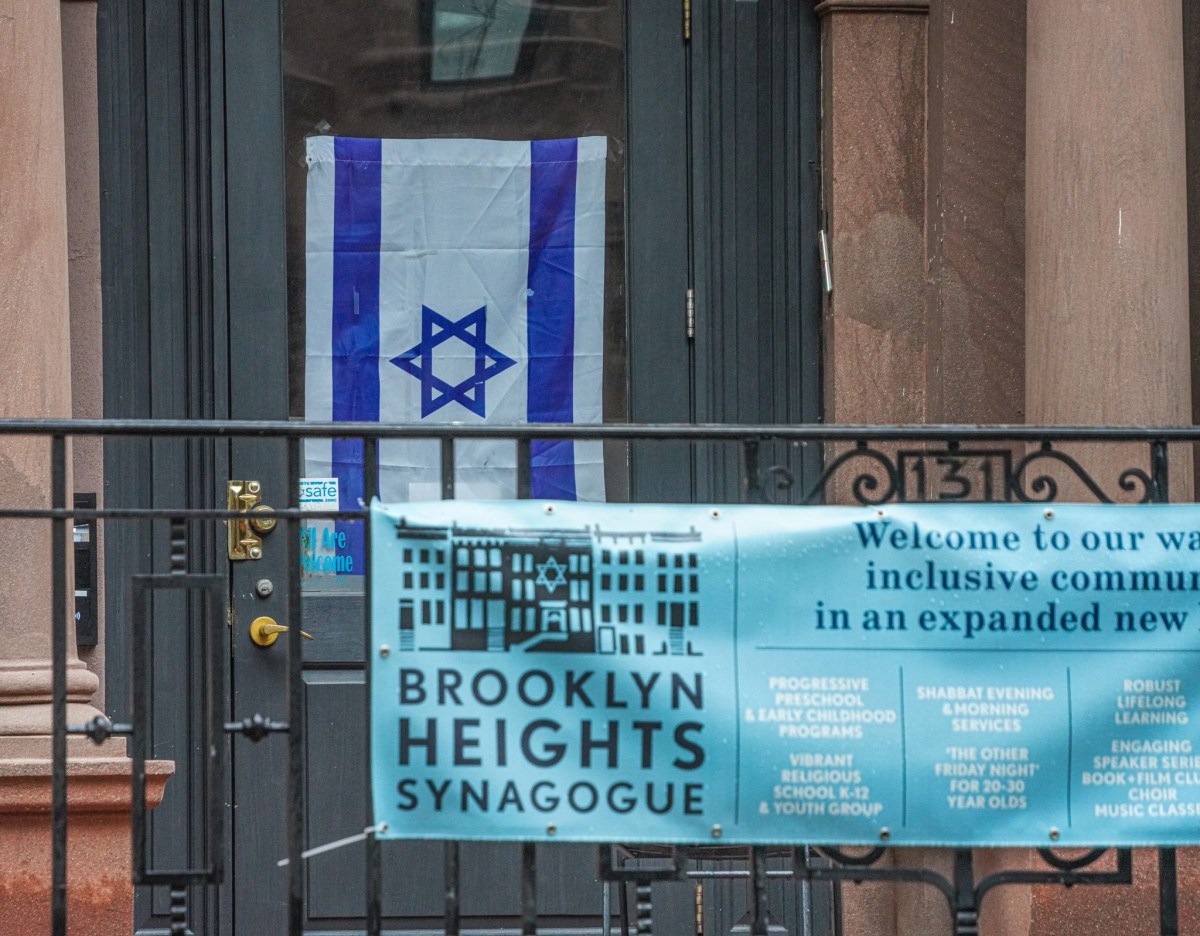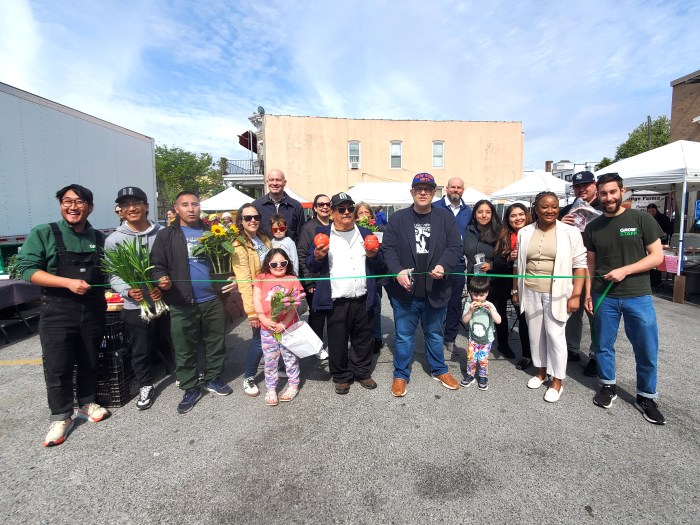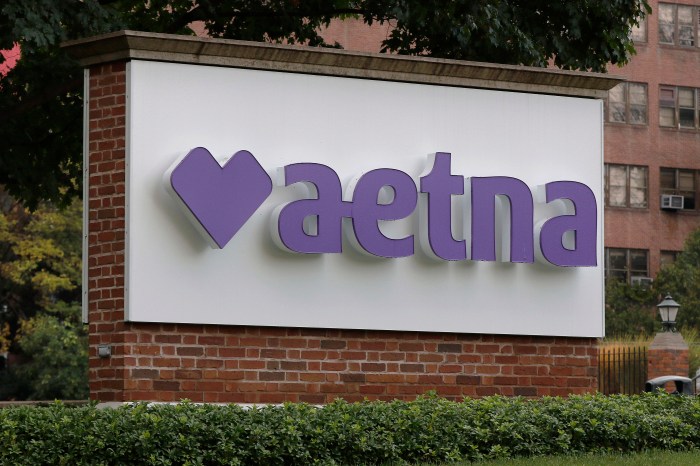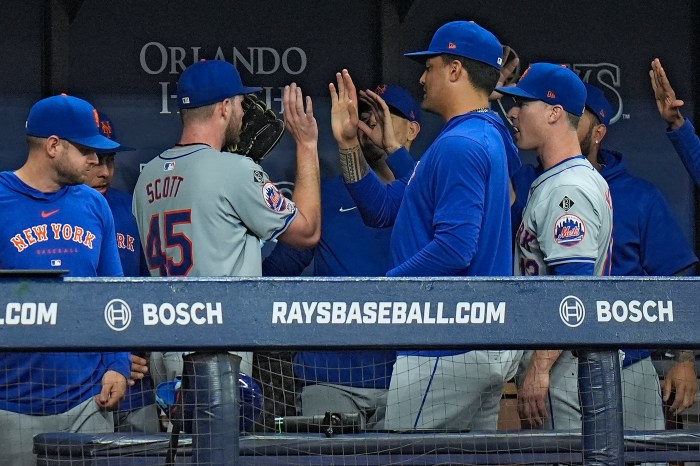What’s below the Lowe’s?
That’s what environmental investigators want to find out as they began work this week to determine just how much toxic material is lurking underground south of the Gowanus big box retail hardware emporium, where half a decade ago, officials decreed the land safe enough to build upon.
The state departments of Environmental Conservation and Health will oversee the latest work on the site, located along the canal at 12th Street, but watchdogs are wondering whether this clean-up will be any better than the first.
“There are long-lasting environmental issues that stay with the land,” said Marlene Donnelly, a member of the group Friends and Residents of the Greater Gowanus.
From 1871 to the 1930s, the site was home to manufactured gas plant, which produced energy used to illuminate the borough, but in the process, also generated a by-product called coal tar, a foul substance containing an array of hazardous compounds.
The site stands is not only near Lowe’s, but includes on its 7.8-acres a Pathmark supermarket on 12th Street and Hamilton Place.
“It’s hardly a pristine site,” charged Donnelly. “It’s not really clean — it has to be managed.”
The site’s eastern portion and two adjacent parcels was remediated in 2003 by Lowe’s, which opened in April 2004. Contractors for the home-improvement retailer removed coal tar at depths of 60 to 80 feet, but were unable to exorcise all of the gunk using standard excavation techniques. Today, recovery wells continue to yield liquid that was not removed earlier.
Environmental Conservation spokeswoman Maureen Wren said that the wells are meant to address the deep contamination and to keep the deeper tar at the Lowe’s site from migrating beyond the property line.
“The site does not posing a public health threat,” she said.
As for the Pathmark, any contamination that may be present is deep and that “there is not a health threat to people shopping or working in the store,” she added.
Donnelly noted that the coal tars do not necessarily remain static, and can also be gasified, producing cancer-causing vapors. Moreover, tar escapes into the canal and can bubble up from the river bed, producing oil sheens atop the waterway, which often appear like raindrops, even when there’s no precipitation falling from above.
Lowe’s spokesperson Maureen Rich insisted that “customers’ and employees’ safety is always a top priority,” and that the store remains as safe “as when we first opened.” She added that the site being investigated now is far more larger and more complex than the property that the retailer currently leases.
The coal tar also has the attention of the Environmental Protection Agency, which recently designated the Gowanus Canal a Superfund site. While the agency has no oversight on the site’s clean-up, spokesperson Elizabeth Totman said the agency is interested in the project and would coordinate with the state. The agency’s goal, Totman said, is to prevent “leaching of contamination into the canal.”
The work will be paid for by the energy giant National Grid, which inherited liability for the clean-up because it is the corporate parent of Brooklyn Union Gas, which at one time owned and operated the site from 1904 to the 1930s, and has been deemed responsible of its contamination. Before Brooklyn Union, a company called Metropolitan Works operated the site.
National Grid spokeswoman Karen Young said that the work would include the installation of soil borings, monitoring wells, test pit excavations, and indoor air and sub-slab soil vapor points to gather information required to determine the nature and extent of impacts at the former gas plant.
Once the remedial investigation is completed and a remedy selected, a cost estimate will become available, she said.
For updates on the clean-up, go to www.metropolitanmgpsite.com.










